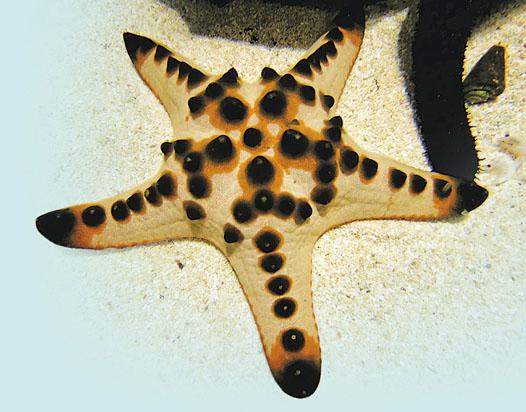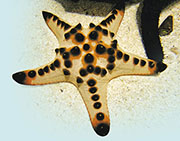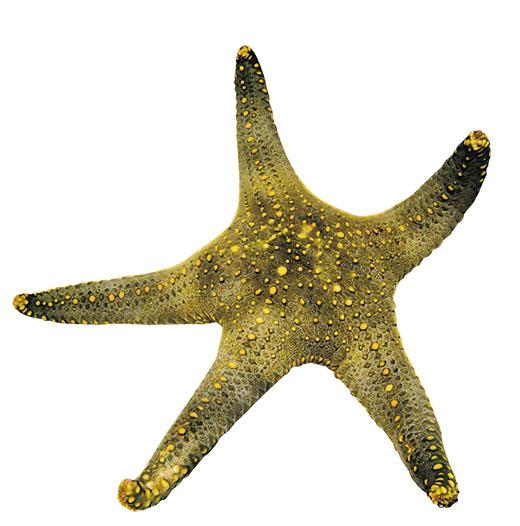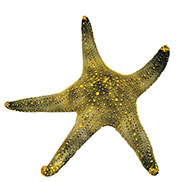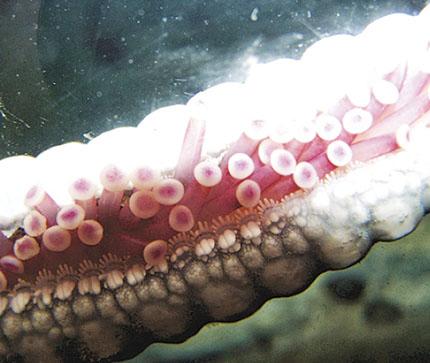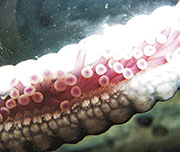Animal:Twinkle Twinkle Little Sea Star
【明報專訊】Indeed, there are stars up above in the sky, and down below in the sea. Even if you cannot dive deep into the oceans, you may sometimes find cute little star-shaped creatures on the seashores.
Sea stars do not always come with the standard five arms. Some can grow as many as 50! They need not be little either. While the smallest of them is only 2 cm wide, the largest ones can be over 1 m in diameter. So sea stars do come in all arms and sizes!
Fantastic arms
The arms of sea stars are fascinating. For one, they each have an eye growing at the tip. These eyes can detect changes in light but cannot see colours.
And then, here comes the super power – sea stars can regrow their arms by housing their vital organs in their arms! In some species, the entire body can even regrow from one cut-off arm. It takes some time to do so, of course. A large sea star may need up to a year to be whole again.
Mysterious illness
Sea stars are found all over the world, from the tropics to the poles. Over 2,000 species have been discovered so far. Because they are scavengers(食腐動物) of the oceans, sea stars are a keystone species. This means that they are the foundation of the ecosystem and how they feed is very important to the well-being of the entire ecosystem.
Extraordinary body
Almost every part of a sea star's body is a wonder. Sea stars' blood is actually filtered seawater. They do not have brains, but the outer skin is covered with sensory cells which can sense contact, chemicals and water currents.
Their undersides are full of small tube feet, much like suction cups. With tiny feet, it takes a great deal of them to go anywhere! For example, an adult sunflower sea star moves only 1 m per minute using its 15,000 tube feet.
And a sea star eats with its feet too! Its favourite foods are clams, oysters and snails: it opens their shells with its feet and attaches itself to the prey. Then it spits out its stomach through its mouth onto the prey. Digestive juices pour out from its stomach and break down the tissue of the prey, preparing the meal.
Sadly, sea stars in certain locations have been dying off in large numbers. Since 2013, at least 20 species of sea stars along the North American Pacific coast have been found decaying and dying. This has come to be known as the Sea Star Wasting Syndrome. No certain causes have been discovered but it is believed that environmental changes such as warmer sea waters could be one of the reasons.
To conserve the balance of our ecosystem, it is important that sea stars are kept ''twinkling brightly'' in the oceans.
(Text and photos : Ocean Park Hong Kong)
[Smarties' Power English 第301期]

